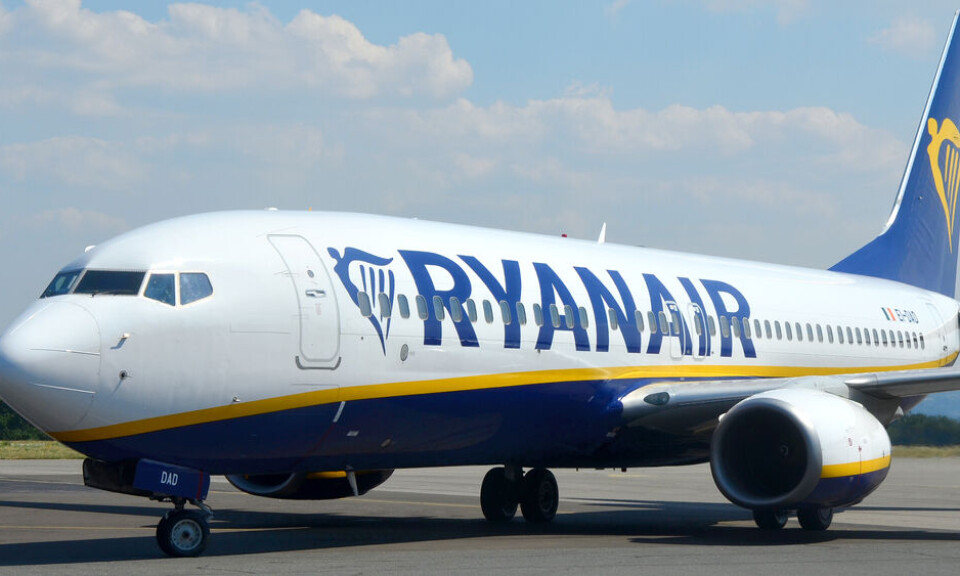-
Cold Christmas in France, but little chance of snow
High-pressure system will move into France from north-east at the start of next week
-
British ‘Puppet Master’ conman in French jail wins phones back on appeal
Robert Hendy-Freegard was given a six-year sentence after hitting two gendarmes with his car
-
Alleged British hacker in jail in France offers to help with police data breach
Recent attack targeted police files
Toulouse start-up tests massive ship sail prototype
A start-up company based in Toulouse is developing the prototype for a gigantic parachute-style sail that could help large ships reduce their fuel consumption by up to 20%.

The AirSeas company, created by former Airbus engineers, is aiming to create massive sails named SeaWing, with a surface area of up to 1,000m², as reported by French news source France 3.
These would then be attached to large ships and cargo vessels by a 400m-long cable, helping to pull them using wind power.
Not only are the sails said to be be environmentally-friendly, it is claimed that they would also help save 20% in fuel, representing billions of euros per year.
Massive ships - namely the world’s 28,000 cargo freighters that measure more than 100 metres in length - are said to spend between €5 million and €10 million per year each on fuel alone; representing over half of their total operating costs.
The SeaWing’s creators are aiming to make the sail very easy to set up, with the captain of the ship simply needing to push one button to get it into position, and another button to fold it back up again.
“Automatisation is our key focus,” explained Vincent Bernatets, president of AirSeas, speaking to France 3. “[We want it to be] totally autonomous [and] prevent any involvement from the captain in the setting up or taking down.”
Software on board the ship would also “calculate the optimal route for the vessel, taking into account the wind”, currents, and ocean conditions, Bernatets added.
A prototype is currently in the testing stages, between the Gulf of Gascony and England.
The current tester is only 16m², but AirSeas is certain that if the company is able to master this smaller wing, they will be able to apply their findings to the larger one.
The aim is to install the first wing by the end of 2019, with a long-term goal of equipping at least 10% of the world’s 28,000 vessels by 2030.
Stay informed:
Sign up to our free weekly e-newsletter
Subscribe to access all our online articles and receive our printed monthly newspaper The Connexion at your home. News analysis, features and practical help for English-speakers in France
























